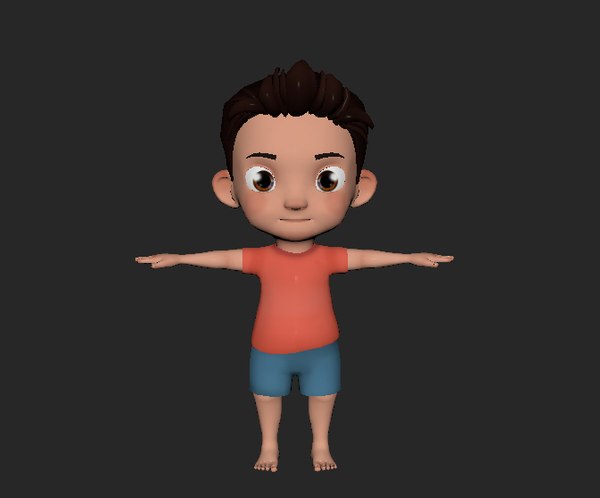Making the Lego set is an incredible opportunity to stimulate children’s thinking in a new way and develop their problem-solving abilities. When you cherished this post and also you would like to obtain more info regarding highest rated lego sets to buy generously pay a visit to the web-site. But where did it all start?
Ole Kirk Christiansen, a Danish man, started his own workshop in the 1930s. He named the company Leg Godt, meaning ‘play well’.
Ole Kirk Christiansen
Ole Kirk Christiansen, a carpenter from Denmark was struck by the Great Depression and his construction business. In order to make ends meet he started making wooden toys that he dubbed LEGO (Danish the word for leg godt is play well).
In 1947, it was the first firm in Denmark to acquire a plastic injection molder. Godtfred is the son of his late father who passed away on March 11, 1957, inherited his company and its modern brick patent.
The first prototypes
In 1947, LEGO bought a plastic-injection molding machine which enabled it to create toys made of plastic on a massive scale. This was the crucial purchase that changed the business. In 1949 the simple automatic binding bricks were renamed Lego bricks and in 1957 the stud-andcoupling system was added, which increased the stability of brick structures that were constructed.
Lego introduced a variety of facial expressions back in 1989, however some older fans did not like the additions. Lego offers a variety of sets, such as ones that are based on dinosaurs, space, trains, castles and pirates.
The first plastic toys
Lego the world’s largest toy maker, is known for a safe and nurturing image. Its company policies have sought to eliminate gender stereotypes and limit violence in its products.
Lego’s first plastic brick was introduced in 1949. In 1958, the clicking coupling mechanism was introduced. The two crucial iterations transformed plastic bricks from an toy that kids of all generations loved into an iconic.
Second prototypes
In 1954, Godtfred Christiansen had a conversation with a toy seller during a trip on the ferry that led to the birth of the Lego System of Play. The idea was to build toys using interlocking blocks and increase children’s imagination.
Lego is now the biggest toy manufacturer around the globe, offering various products, such as theme parks, movies and databases. However, its roots are still in Denmark.
The third prototype
In 1974, Lego introduced a line of sets designed for adults as well as children. Lego Technic, a set which simulated complicated machinery, and Model Team were among the first Lego sets.
The company has also expanded its range of products by licensing themes from famous films and cartoons. The company has said that it wants to concentrate on themes from the past more often in the near future, instead of licensing ones.
The fourth prototype
Lego started with injection molding after World War II. This allowed them to produce more complex toys. They also changed the name of their company to “LEGO,” which means “play well” in Danish.
In the year 1975, Lego started producing sets specifically for the more advanced and older builder. These “Expert Series” included sets that were mechanically accurate such as automobiles. Lego introduced minifigures with posable arms in 1978.
The fifth prototype
Godtfred included plastic toys in addition to the wooden toys he provided after a fire destroyed his shop. Inspired by a hollow-plastic molding machine in Copenhagen, Godtfred created his own toys made of plastic.
Lego launched the “Expert Series” in 1975. It was a collection of technical sets, which included gears and axles. In 1978, Lego released the minifigure which was a small plastic figure that moved arms and legs.
Sixth prototypes
In 1947, Lego bought a plastic injection-molding machine. This allowed them to manufacture the bricks that would eventually become famous around the world.
LEGOs are now a popular worldwide brand, loved by generations of children and adults. They still enjoy a good reputation for quality and durability. Lego bricks are extensively tested in private settings and they are able to withstand hundreds of cycles of assembly and disassembly. This is due to a system that ensures Lego pieces are locked and easily joined.
Seven prototypes
Godtfred Kristiansen, after a fire destroyed a large portion of the wooden toys he had in his warehouse, decided to concentrate on building blocks out of plastic. He named them “LEGO” which is a reference to the Danish expression leg godt (play well).
In 1947, Lego bought a plastic injection molding machine and began to make prototypes of interlocking bricks that we are familiar with today as LEGOs. The essential click coupling mechanism wasn’t added until 1958, but the bricks were incredibly adaptable.
The eighth prototype
Ole Kirk Christiansen, who opened his carpentry shop in Billund in Denmark in 1932, could not imagine that his small creations would one day become famous toys.
Nowadays, LEGO bricks are sold in sets of thousands that feature various themes such as pirates, trains, Vikings, castles, and the wild west. Tests conducted by private parties have proven that Lego bricks can be disassembled and reassembled many times, without wearing out.
